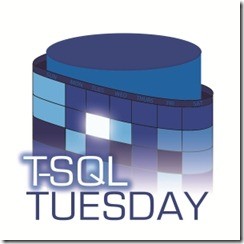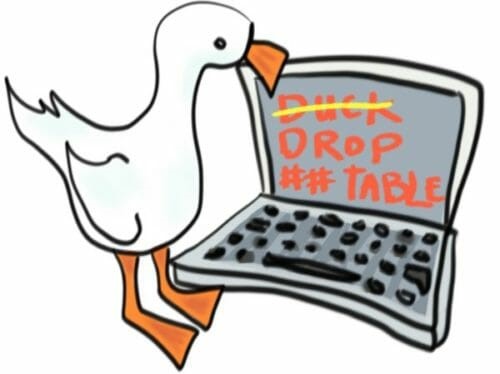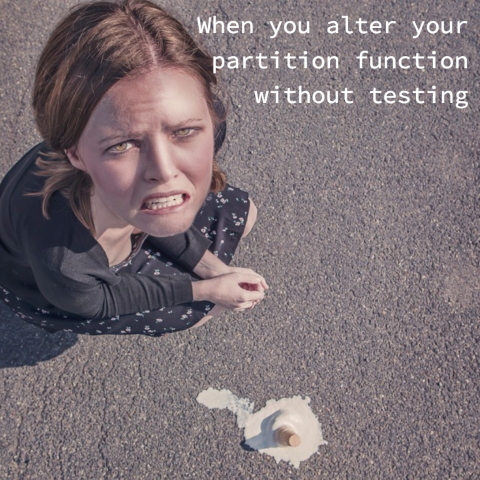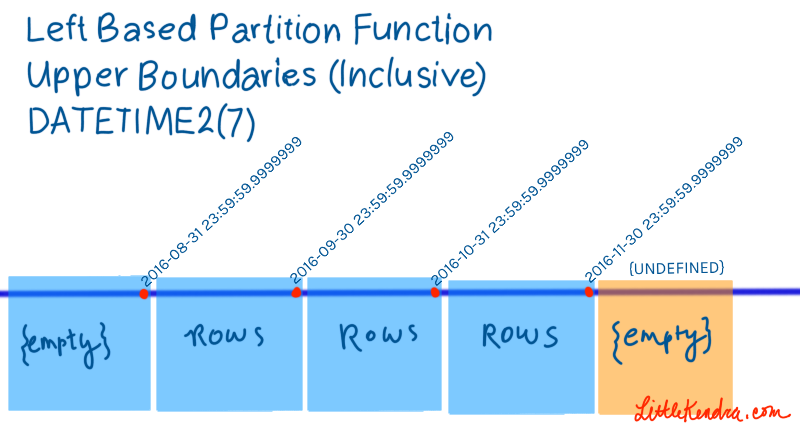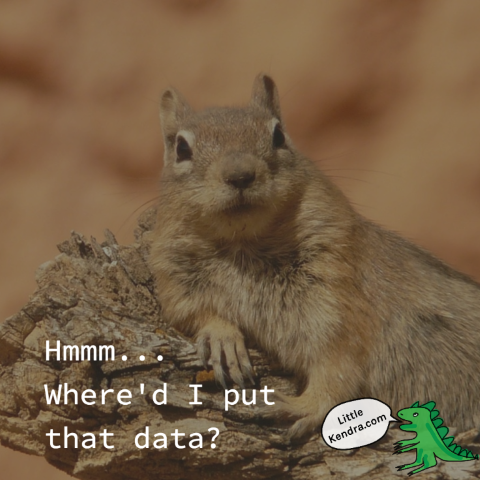TSQL Tuesday #93: Interviewing Patterns & Anti-Patterns
Welcome to T-SQL Tuesday for August 2017!
T-SQL Tuesday is a chance for you to join in the SQL Server community and write a blog post on a suggested topic. You can use this as a way to start a new blog, dust off a blog you haven’t used in a while, or make it part of regular blogging: your choice!
I would love for you to participate. The whole SQL Server community would. Please, join us!
